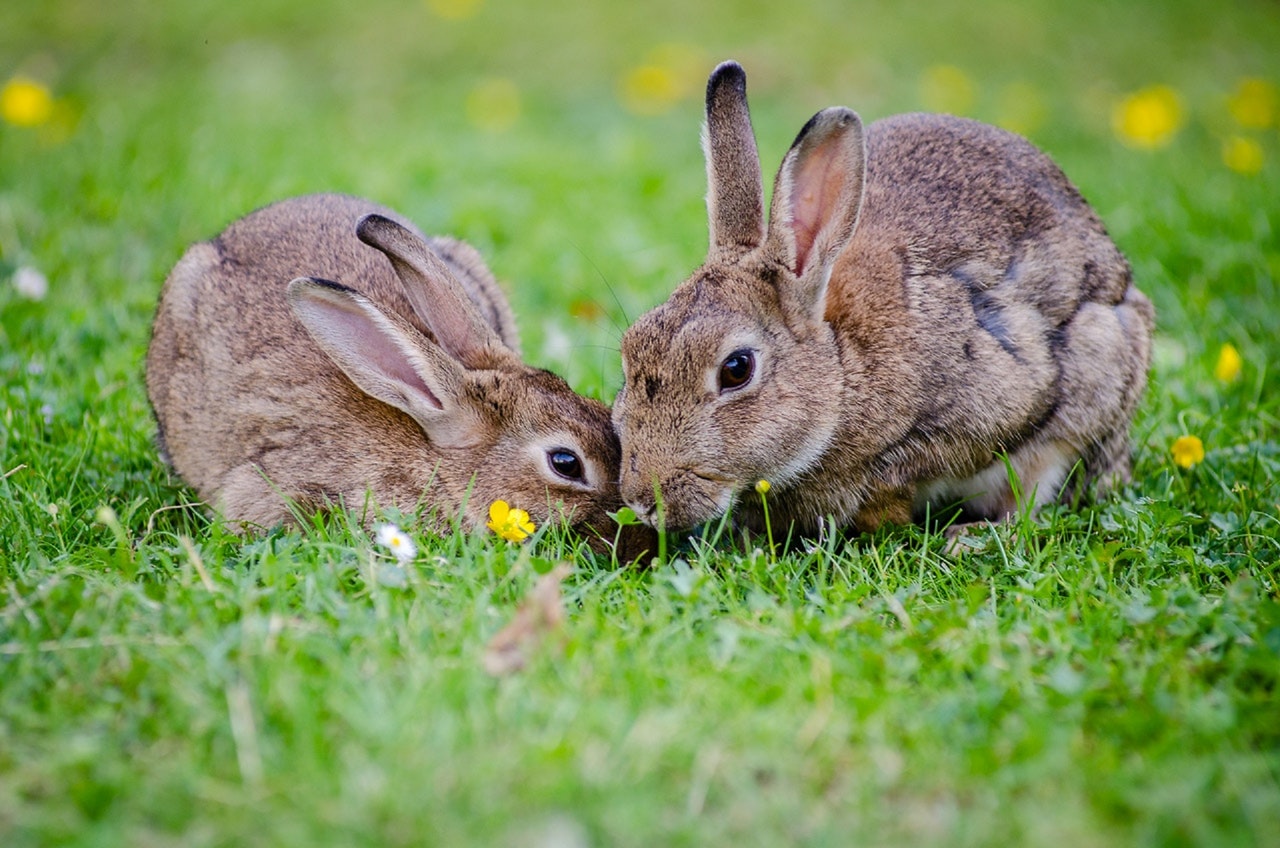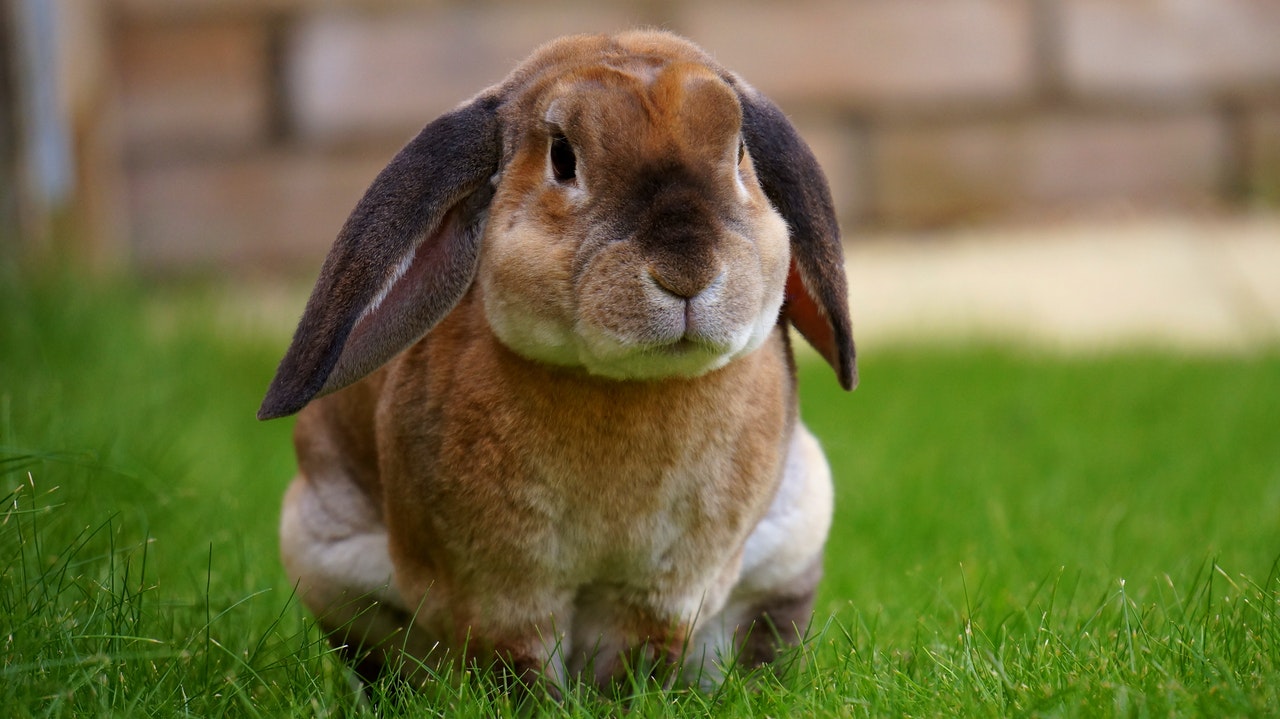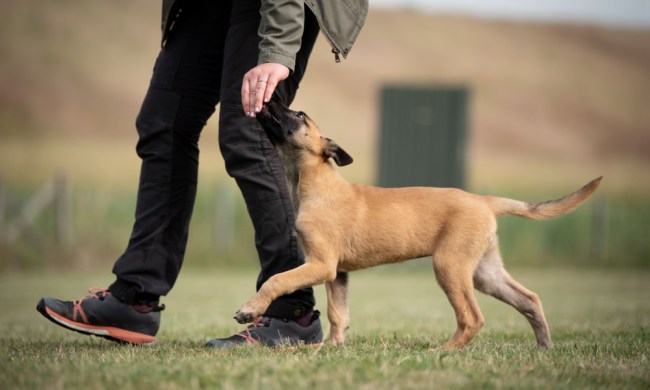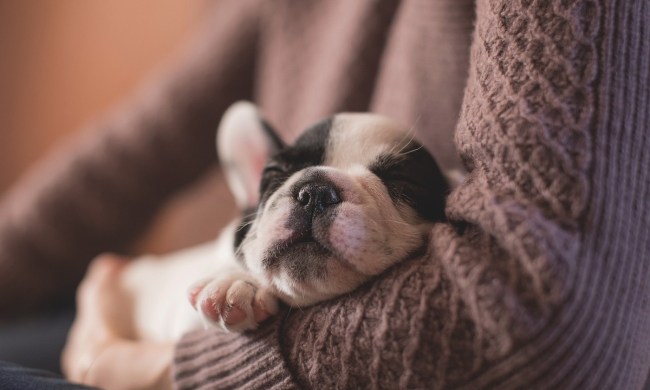With their plush fur, adorable faces, and playful personalities, bunnies are wonderful companions for many people. In fact, over 1,500 families in the United States alone have decided that bunnies make the perfect family pet. Bunnies are clever creatures. You can teach them a variety of tricks, from the cute (jumping and fetching on command) to the practical (did you know bunnies can be litter box trained?).
But does bunny harness training work? In actuality, it’s more like rabbit owners get bunny harness trained. That’s as it should be — allowing your rabbit to lead you until she’s comfortable is an important step.

Why harness-train a bunny?
Rabbits are prey animals, which means their instinct is to run and hide when they feel frightened. Unfortunately, rabbits startle pretty easily. You don’t want to take your bunny into your backyard only to have her hop through a loose board in the fence. The solution? Harness training your bunny.
How to harness-train your bunny
It’s no secret that bunnies love being outside in the sunshine. You want your bunny to be happy, but you also want to keep your furry baby safe from harm. With a good bit of patience — and a little work — you’ll be able to harness-train a rabbit of any age. Here are a few tips to get you started.
1. Befriend your bunny
Earning your bunny’s trust is not only essential for training her, but it’s also important for building a strong relationship with your rabbit. Some bunnies are skittish and prone to anxiety, but you can teach them to associate training with snuggle time and tasty treats. Make sure your bunny trusts you and feels safe with you before you even attempt harness training.
2. Start off slowly
Because rabbits can be anxious, it’s best to ease them into training. Instead of immediately putting the harness on your bunny, try placing it on your lap while you hold your bunny. Give her something to snack on and lots of love, and she’ll soon think nothing of the harness. Once she’s comfortable being near it, try using the harness to pet her. This works her scent into the fabric, and she’ll come to think of it as something that belongs to her.
3. Introduce the harness carefully
Bunnies are squirmy little critters when they’re anxious. They’re also prone to back injuries if they twist around too much. To keep your bunny safe, we recommend that you start your training sessions inside. Try putting on the harness while your bunny is calmly sitting in your lap. If she starts to wriggle too much, set it aside for another day. It might take a couple of days, but it could also take a couple of weeks before your bunny adjusts to the harness.
4. Let your bunny walk you
Once your bunny is comfortable wearing her harness, it’s time to clip on the leash and let her explore the house. It could take some getting used to, but your rabbit will eventually want to hop around. Follow her at first, and once she’s adjusted to wearing a harness and leash, use treats to lure her into following you.
5. Don’t do too much at once
If your bunny is just starting to adjust to the harness, make sure you keep training sessions short, around 10–15 minutes at a time. Overwhelming your bunny leads to associating negative emotions with wearing the harness, which is the opposite of what you want. You should also give your bunny plenty of treats and cuddles during training sessions. Wearing the harness should be an enjoyable experience for her.
6. Move your training sessions outside
After your rabbit has mastered the art of following you, it’s time to move the party outside. It’s best to start out in your backyard. Being surrounded by so many different sights and smells can be stressful for a little bunny, so be prepared to go back inside if she begins showing signs of stress like jumpiness, restlessness, or unexpected aggression.

Which harness should I get?
Your bunny’s harness needs to be snug enough that she can’t wriggle out of it, but it shouldn’t be tight. Ideally, the harness should be loose enough for you to slip two fingers between the fabric and your rabbit. Here are a couple of our favorite models.
- Pettom: This breathable, padded mesh harness from Pettom comes in only four colors, but it makes up for the narrow palette with its affordable price point.
- Niteangel: In addition to a harness, you’ll need a leash to walk your rabbit. This mesh rabbit harness comes in seven colors, and you’ll also get a fully elastic leash that stretches from 47 to 98 inches.
With time and dedication, most bunnies will adjust to wearing a harness. However, not all rabbits tolerate harnesses, and that’s okay. Your bunny can still enjoy spending time outdoors in her cage or playpen, and you’ll be able to put her leash and harness training to good use when it’s time for a trip to the vet.



